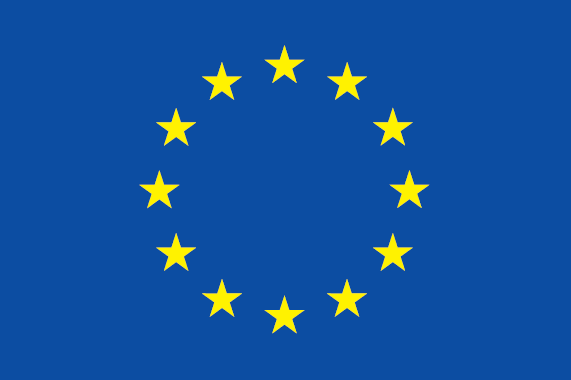Report on microplastics in drinking water by the World Health Organisation
Quoting the SAPEA report, WHO scientists conclude that microplastics in drinking water do not appear to pose a health risk at current levels, as most of the small particles pass through the body without being absorbed. However, the report stresses that the findings were based on “limited information” and calls for greater research on the issue.
And the WHO also prominently cites the warning of the SAPEA working group that the level of microplastics in the environment could become a serious risk within a century if pollution continues at the current rate.
SAPEA’s comprehensive report on microplastics was delivered in January 2019 as part of the EU Scientific Advice Mechanism. It has already influenced several other developments in international policy, including most notably the scientific opinion on microplastics issued by the European Commission’s Group of Chief Scientific Advisors in April.
